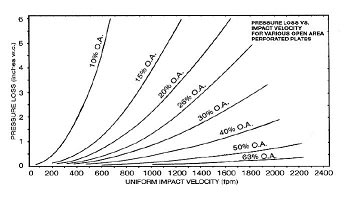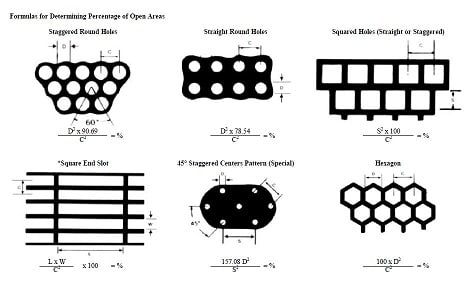All,
I'm trying to calculate the flow of air into a furnace. The flow of air goes through a grate that comes from a large duct and discharges into the furnace through very small holes. I know the size of the grate holes, and the air pressures on the upstream and downstream sides of the hole, and I know the air density (incoming). The incoming duct is large enough (>1000 times the size of one grate hole) that I can assume incoming velocity to be about zero. I don't have any other information.
I've been trying to apply Bernoulli's equation on this for about a day and I can't see how to find velocity without know the pressure of the air going through the hole.
Does anyone have a way to do this? I'm glad to write a program to solve it iteratively but I can't figure out what equation to use.
Thanks for your help.
I'm trying to calculate the flow of air into a furnace. The flow of air goes through a grate that comes from a large duct and discharges into the furnace through very small holes. I know the size of the grate holes, and the air pressures on the upstream and downstream sides of the hole, and I know the air density (incoming). The incoming duct is large enough (>1000 times the size of one grate hole) that I can assume incoming velocity to be about zero. I don't have any other information.
I've been trying to apply Bernoulli's equation on this for about a day and I can't see how to find velocity without know the pressure of the air going through the hole.
Does anyone have a way to do this? I'm glad to write a program to solve it iteratively but I can't figure out what equation to use.
Thanks for your help.


